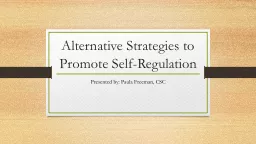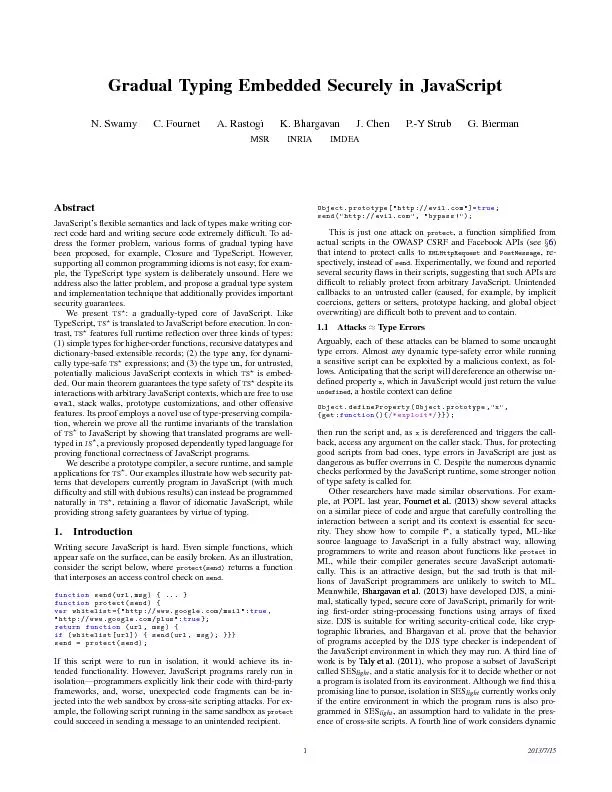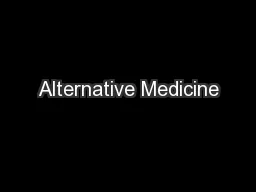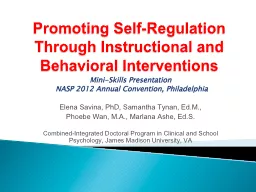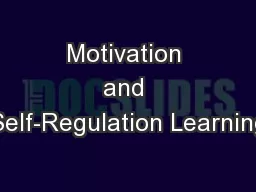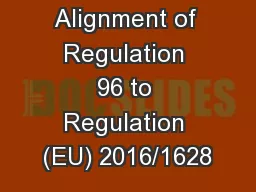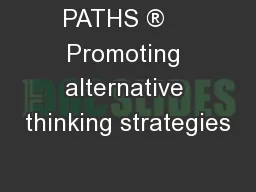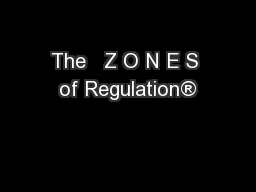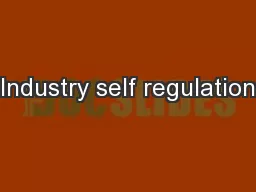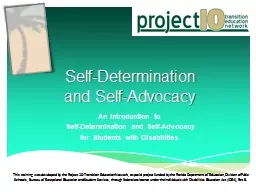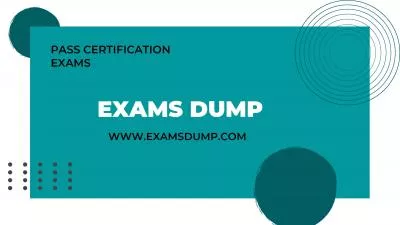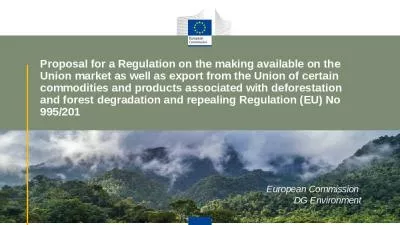PPT-Alternative Strategies to Promote Self-Regulation
Author : marina-yarberry | Published Date : 2017-07-26
Presented by Paula Freeman CSC SelfRegulation Selfregulation makes it possible for us to know and manage our emotions recognize emotions in others and make use of
Presentation Embed Code
Download Presentation
Download Presentation The PPT/PDF document "Alternative Strategies to Promote Self-R..." is the property of its rightful owner. Permission is granted to download and print the materials on this website for personal, non-commercial use only, and to display it on your personal computer provided you do not modify the materials and that you retain all copyright notices contained in the materials. By downloading content from our website, you accept the terms of this agreement.
Alternative Strategies to Promote Self-Regulation: Transcript
Download Rules Of Document
"Alternative Strategies to Promote Self-Regulation"The content belongs to its owner. You may download and print it for personal use, without modification, and keep all copyright notices. By downloading, you agree to these terms.
Related Documents

